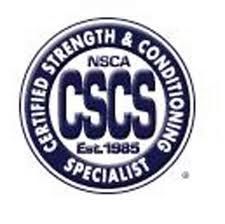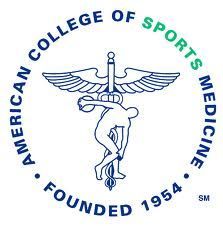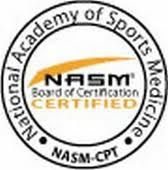Dynamic Mobility 2.0
/By now many of you have incorporated soft tissue and dynamic stretching work (see foam rolling and dynamic stretching) into your warm up routines. You know that static stretching is an ineffective and outdated mode of warm up, because it decreases strength and performance, develops little if any range of motion (ROM) prior to getting warm, and has been disproven in preventing injury. You also know that 5 min or so in the cardio section prior to training does not prepare your joints and soft tissues for the rigors and full ROM of a resistance workout. So per you highly qualified fitness coach, and or the eloquent well-researched fitness blog you follow, you’ve established a thorough dynamic warm up routine prior to your training. So thorough in fact, that it may be cutting into your limited training time. 5-10 minutes foam rolling, 5-10 minutes dynamic stretching, and 5-10 minutes activation work leaves little time for training. While you may be covering all your bases, perhaps you could be spending more time on certain deficiencies and less on others. And maybe the order and sequencing of these exercises could elicit greater short-term mobility for your workout, and long-term gains in tissue quality day to day. Below are a few suggestions for developing even greater specificity in your warm up.
Order ABCs – Sequencing your warm up routine is no different that choosing the appropriate order of exercises for your workout. You wouldn’t do (I hope) a single joint movement before a compound movement. So don’t start your warm up stretching muscles with adhesions (knots). You’re essentially pulling those knots tighter, and limiting the length and quality of the muscle. Following the order and sequencing below, with enough frequency, may help counteract the adaptive stresses and postural changes of day-to-day work and activity. (see The Sitting Disease)
A - Release – choose 1 soft tissue exercise for the targeted muscle of the day to improve the quality of that tissue, improving movement and strength – SMR, ART, ETC
B - Mobilize – follow an active release exercise with a specific dynamic stretch or mobility movement to improve the length and range of motion of that muscle
C - Activation – Once you’ve released and mobilized the selected muscle, hammer it home with an activation exercise of that muscle’s antagonist (opposing muscle group). By law of reciprocal inhibition, activating (contracting) an opposing muscle group, will allow for a greater stretch (release) and length in the targeted muscle.
Ankle Mobility
Hip Mobility - Flexors
Hip Mobility - Adductors
Hip Mobility - Gluteals
Pec Mobility
Thoracic Mobility
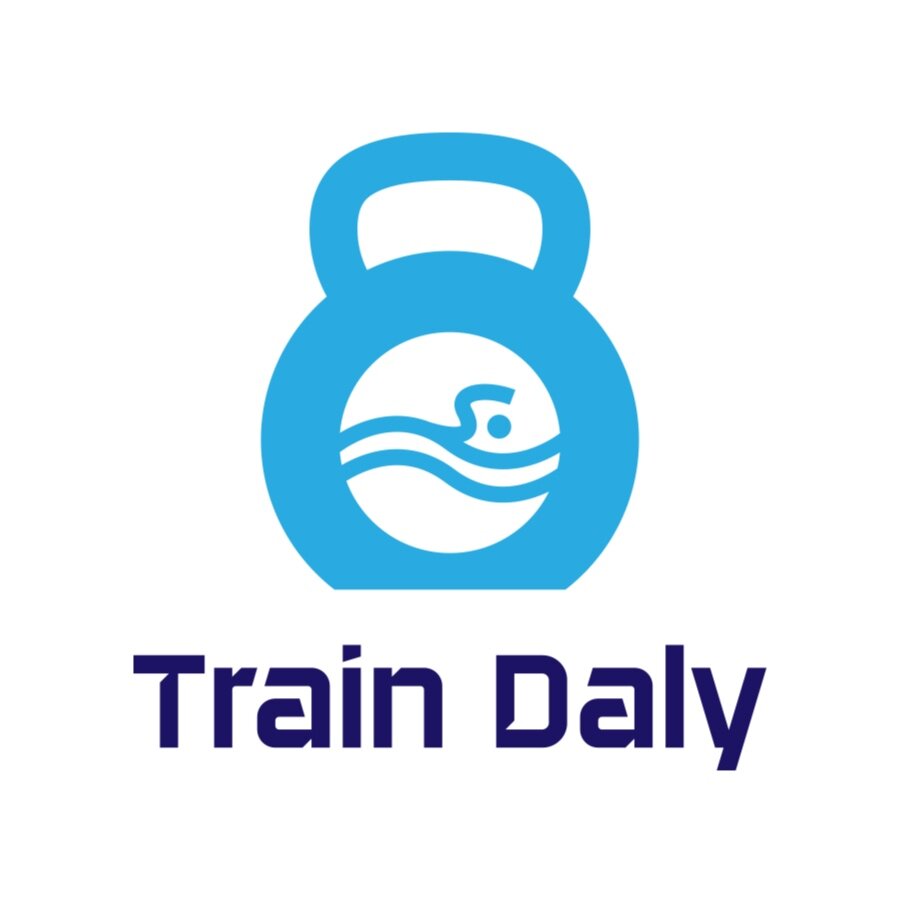

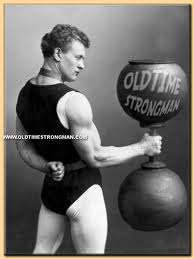 Whats a dumbbell and why do we call it that? Theories vary slightly, but historians agree dumbbells evolved from the practice of
Whats a dumbbell and why do we call it that? Theories vary slightly, but historians agree dumbbells evolved from the practice of 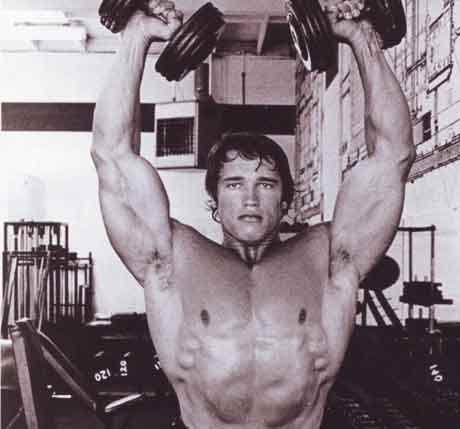 Just in case you ever wondered...."Now you're on the trolley."
Just in case you ever wondered...."Now you're on the trolley."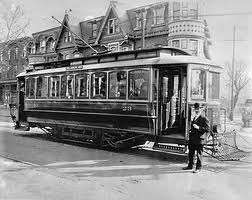
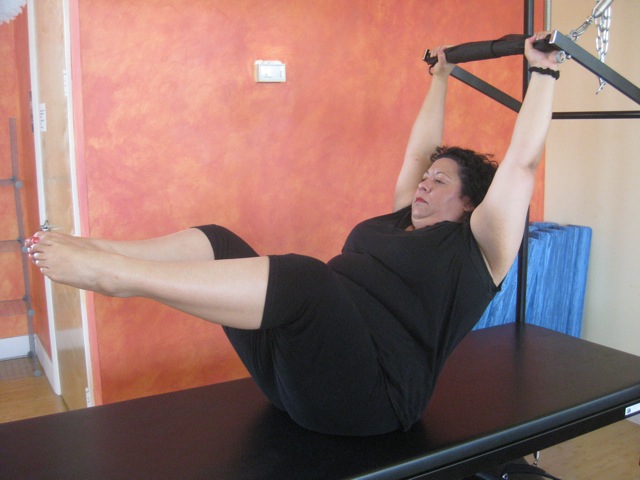 Pilates is great for creating mind/body awareness, skilled movement, and physical introspection that we do not always spend time with on the gym floor. It is sometime defined as controlled movements through a strong core. Id like to think all training could be described this way. The "long, lean look" they preach is more of a selling point. Long lean muscles are created in the kitchen with your diet, and your genetics. Though I know what everyone means, when they say they want to get "toned," its actually a reflection of the tension or strength your muscles can create. Strength and tension is created using resistances of progressive intensity. Being defined, is a reflection of your body composition, which is 80% diet, some training, and genetics. Using "smaller muscles" is not entirely true either. Muscles used for movement can be categorized as agonists, antagonists, stabilizers, and neutralizers. They are all involved in any body movement, from getting out of a chair, to walking, movements on a Pilates reformer, or bench pressing in the gym. Agonists and antagonists are your main movers, the pushers and pullers, flexors and extensors. They re the muscles you see and become developed, hence their focus in exercise. You also have muscles that aid these movements called stabilizers and neutralizers. Theses muscles stabilize joints throughout your agonist movements and neutralize any unwanted movement elsewhere in the body when performing an exercise. These muscles are often under your superficial muscles, making them harder to visualize. They are also not as voluntary, making it harder for you to recruit and engage, sometimes even involuntary, and do not need to be engaged, i.e. the transverse abdominus. This lack of awareness or ability to engage or recruit has made Pilates and mind/body training popular. However, in Pilates, like any other mode of exercise, all four types of muscle actions are taking place, and no single mode of exercise truly isolates any of these. So to say Pilates works small muscles is not entirely true. In fact, I would argue that the resistance generated during a barbell squat or dead lift recruits more of your smaller stabilizing/neutralizing muscles, than a resistance created on the reformer with resistant springs attached, much like a bench press or pull up, trains the smaller muscles more than pulls on the cadillac, or equivalent pushing movement in Pilates. It does have application for corrective exercise and injury prevention/rehabilitation in addition to traditional resistance training. However, it lacks progressions, scientific periodization, and objective measures of its training protocols. If you continued to use the same resistance for a given exercise, you would plateau and eventually regress, as that stimulus would no longer elicit a response. There s a diminishing return for the same intensity, which is why strength and conditioning applies systematic progressions.
Pilates is great for creating mind/body awareness, skilled movement, and physical introspection that we do not always spend time with on the gym floor. It is sometime defined as controlled movements through a strong core. Id like to think all training could be described this way. The "long, lean look" they preach is more of a selling point. Long lean muscles are created in the kitchen with your diet, and your genetics. Though I know what everyone means, when they say they want to get "toned," its actually a reflection of the tension or strength your muscles can create. Strength and tension is created using resistances of progressive intensity. Being defined, is a reflection of your body composition, which is 80% diet, some training, and genetics. Using "smaller muscles" is not entirely true either. Muscles used for movement can be categorized as agonists, antagonists, stabilizers, and neutralizers. They are all involved in any body movement, from getting out of a chair, to walking, movements on a Pilates reformer, or bench pressing in the gym. Agonists and antagonists are your main movers, the pushers and pullers, flexors and extensors. They re the muscles you see and become developed, hence their focus in exercise. You also have muscles that aid these movements called stabilizers and neutralizers. Theses muscles stabilize joints throughout your agonist movements and neutralize any unwanted movement elsewhere in the body when performing an exercise. These muscles are often under your superficial muscles, making them harder to visualize. They are also not as voluntary, making it harder for you to recruit and engage, sometimes even involuntary, and do not need to be engaged, i.e. the transverse abdominus. This lack of awareness or ability to engage or recruit has made Pilates and mind/body training popular. However, in Pilates, like any other mode of exercise, all four types of muscle actions are taking place, and no single mode of exercise truly isolates any of these. So to say Pilates works small muscles is not entirely true. In fact, I would argue that the resistance generated during a barbell squat or dead lift recruits more of your smaller stabilizing/neutralizing muscles, than a resistance created on the reformer with resistant springs attached, much like a bench press or pull up, trains the smaller muscles more than pulls on the cadillac, or equivalent pushing movement in Pilates. It does have application for corrective exercise and injury prevention/rehabilitation in addition to traditional resistance training. However, it lacks progressions, scientific periodization, and objective measures of its training protocols. If you continued to use the same resistance for a given exercise, you would plateau and eventually regress, as that stimulus would no longer elicit a response. There s a diminishing return for the same intensity, which is why strength and conditioning applies systematic progressions.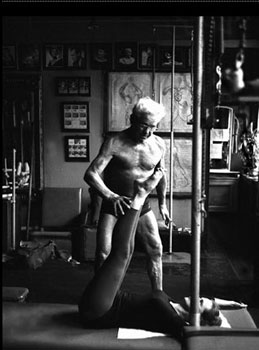
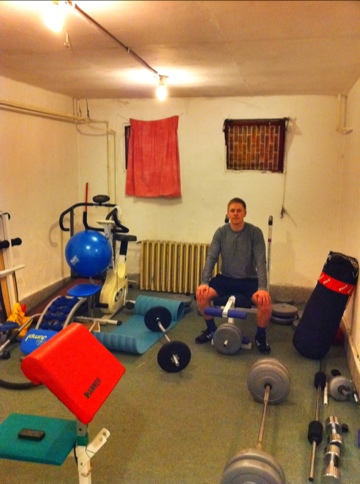 Boldog uj evet kivanok! I decided to start my new year off on the right foot (and the left) with a workout, on my vacation to Budapest. Once or twice a year I visit Hungary to spend time with my fiancee's family. Year's past this has been a "deloading" period for me, aka deconditioning period. While the city provides lots of physical activity, walking, stair climbing, etc, holiday eating offsets any ancillary calorie burning. Disappointed with my conditioning when I return from these visits, I decided to make training arrangements before leaving, and take the same advice I give all my clients.
Boldog uj evet kivanok! I decided to start my new year off on the right foot (and the left) with a workout, on my vacation to Budapest. Once or twice a year I visit Hungary to spend time with my fiancee's family. Year's past this has been a "deloading" period for me, aka deconditioning period. While the city provides lots of physical activity, walking, stair climbing, etc, holiday eating offsets any ancillary calorie burning. Disappointed with my conditioning when I return from these visits, I decided to make training arrangements before leaving, and take the same advice I give all my clients.
 The dead lift is THE most important lift in the gym in my opinion. Its a compound, multi-joint, multi-muscle movement, incorporating the largest muscles in your body: the hamstrings, glutes, core, traps, and shoulders. Because it involves so much muscle mass there is a tremendous caloric expenditure both during the exercise,and recovery, making it excellent for weight loss. Additionally, multi-muscle activation under heavy loads can elicit significant blood testosterone levels, again facilitating lean muscle development. The dead lift is an excellent functional movement, reinforcing proper technique for lifting heavy objects. Incorporate the dead lift into your routine if you want to maintain a health back, flat, strong core, and lean physique.
The dead lift is THE most important lift in the gym in my opinion. Its a compound, multi-joint, multi-muscle movement, incorporating the largest muscles in your body: the hamstrings, glutes, core, traps, and shoulders. Because it involves so much muscle mass there is a tremendous caloric expenditure both during the exercise,and recovery, making it excellent for weight loss. Additionally, multi-muscle activation under heavy loads can elicit significant blood testosterone levels, again facilitating lean muscle development. The dead lift is an excellent functional movement, reinforcing proper technique for lifting heavy objects. Incorporate the dead lift into your routine if you want to maintain a health back, flat, strong core, and lean physique.